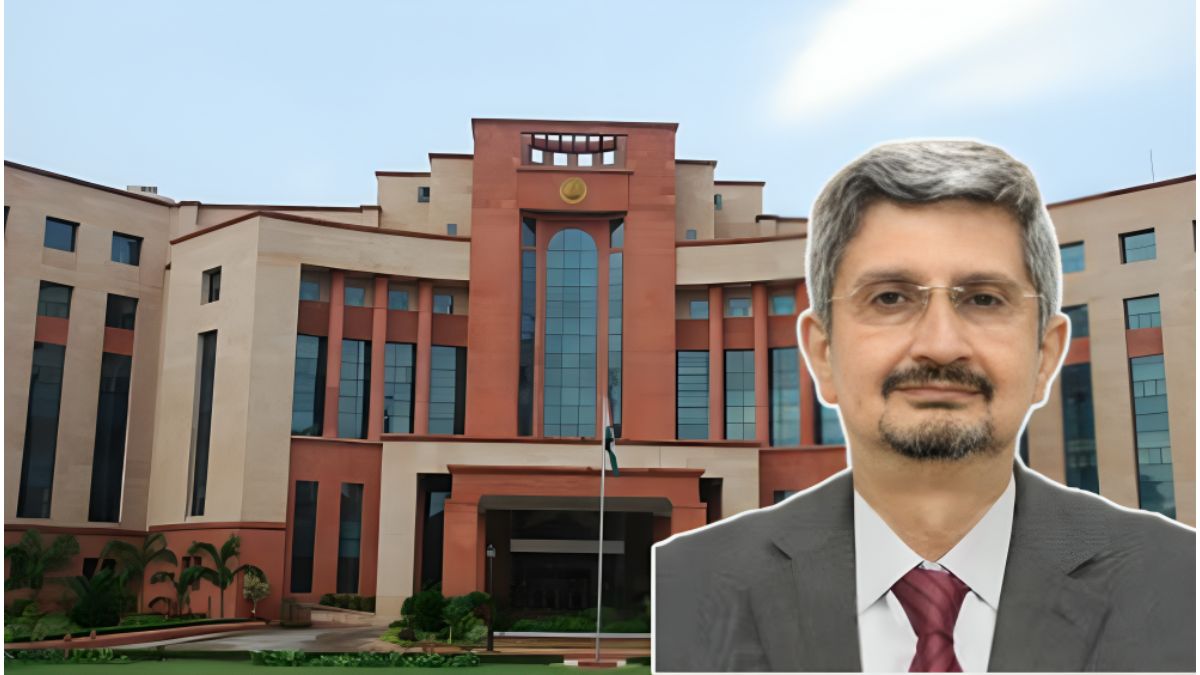As India ramps up efforts to develop cutting-edge unmanned aerial systems (UAS) for both surveillance and combat roles, the Defence Research and Development Organisation (DRDO) is focusing intensely on overcoming a critical technological bottleneck: propulsion systems.
Dr Samir V. Kamat, Secretary, Department of Defence Research and Development and Chairman, DRDO, told The Week that while the ecosystem for drone manufacturing is maturing rapidly, India still lags behind global powers like the US and Turkey in fielding systems comparable to the Predator or Bayraktar due primarily to propulsion challenges. However, he noted that indigenous development efforts are underway, and operational-level prototypes for MALE and HALE drones are expected within five years.
Why is India still dependent on foreign platforms like Predator or Bayraktar drones
Dr Kamat was direct: “The major challenge is the availability of suitable propulsion systems to configure the UAVs.” Despite a growing domestic ecosystem of drone developers, propulsion technology — particularly engines for medium-altitude long-endurance (MALE) and high-altitude long-endurance (HALE) UAVs — remains elusive.
He explained that even as India builds design capability through agencies like DRDO and Hindustan Aeronautics Limited (HAL), actual development is constrained by limited access to high-performance propulsion solutions, which form the core of any reliable and scalable UAV platform.
While several Indian private players have demonstrated the ability to build small drones under 100 kg for civilian and defence use, MALE and HALE categories still require tailored propulsion configurations — a capability India has yet to master independently.
What is the status of DRDO’s current efforts in UAV propulsion?
According to Dr Kamat, DRDO is currently working on the design and development of MALE and HALE UAVs, including weaponisation efforts. The systems are now at Technology Readiness Level (TRL) 5, and DRDO aims to raise that to TRL 7 within five years, bringing the platforms closer to deployment.
The organisation is also exploring global partnerships in specific propulsion domains. “In the domain of propulsion systems, DRDO is collaborating with global leaders through consultancy and advisory mode,” he said, adding that actual development will remain in DRDO’s hands, ensuring indigenous control over integration and deployment.
How is DRDO leveraging domestic industry in UAV development?
In the absence of ready propulsion solutions, DRDO is maximising its collaboration with Indian private industry, particularly in subsystem development. For its MALE UAV programme alone, nearly 70 airborne subsystems and 85 ground operational system (GOS) subsystems are being developed through Indian firms.
Depending on the complexity, these collaborations are structured either as “build to print”—where DRDO provides designs and the industry executes production—or “build to specifications”, in which private players handle both design and manufacturing.
This model is expected to help India scale up UAS production rapidly once propulsion challenges are resolved, allowing for full-spectrum indigenous drone capabilities across land, sea, and air theatres.
While India may still be several years away from fielding UAVs in the class of the MQ-9 Reaper or Bayraktar TB2, DRDO’s propulsion-centric strategy signals a long-term push for sovereign unmanned systems—a critical component in the future of warfare.
